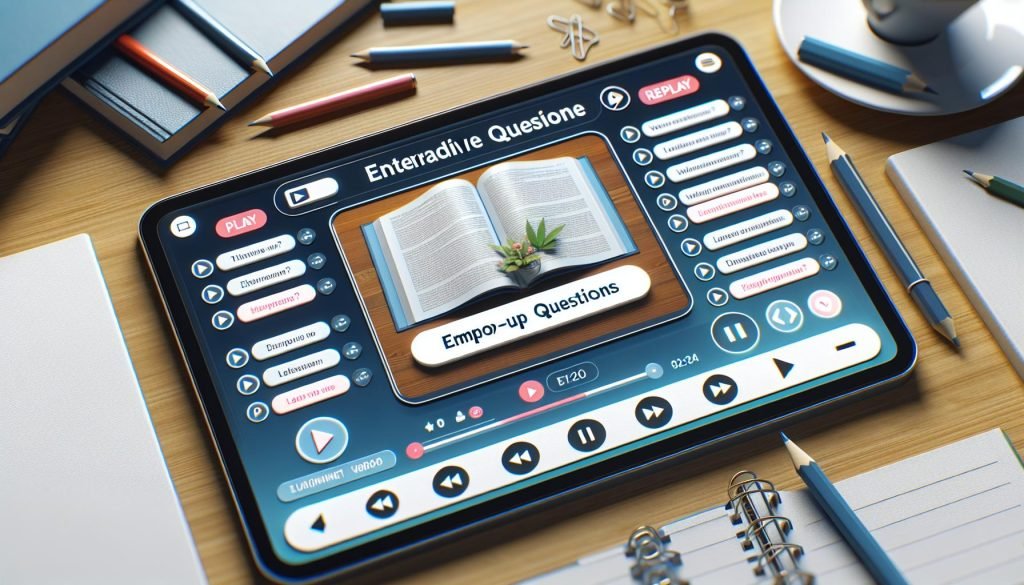Reviews: Enhancing Study, Learning & Teaching with EdTech
At HuskyCTBlog, we are passionate about exploring and reviewing the latest educational technology, study tools, and learning platforms that empower both educators and students. Dive into our detailed reviews and discover which solutions can elevate your educational journey!
1. Canvas Learning Management System
Canvas has emerged as a leading Learning Management System (LMS) for schools and universities. Our review explores its intuitive interface, powerful grading tools, and collaborative features. Canvas stands out for its user-friendly dashboards, customizable modules, and seamless integration with various third-party apps. We especially appreciated the mobile app, which ensures students and instructors can access resources and submit assignments anytime, anywhere.
- Pros: Clean design, robust analytics, dynamic communication tools.
- Cons: Occasional compatibility issues with older browsers.
“Canvas streamlines course management, making it easy for instructors and engaging for students.”

2. Quizlet: Flashcards & Study Tools
In our comprehensive review of Quizlet, we highlight how this platform has revolutionized self-paced learning. Quizlet offers customizable flashcards, engaging study games, and collaborative learning features. The spaced repetition algorithm helps learners retain information efficiently, while teachers can easily create and share sets with their classes.
- Pros: Free basic access, gamified study modes, strong mobile app.
- Cons: Some advanced features require a paid subscription.
“Quizlet transforms memorization into an interactive and fun process, making it ideal for diverse learners.”

3. Google Classroom: Simplifying Digital Teaching
Google Classroom’s seamless integration with the Google Workspace suite makes it a favorite among educators. Our review examines its assignment management, grading workflow, and communication tools. We found the streamlined interface reduces administrative overhead, allowing teachers to focus more on instruction and feedback.
- Pros: Free for institutions, easy document sharing, integrates with Google Drive and Docs.
- Cons: Limited customization, basic analytics compared to some competitors.
“Google Classroom enhances collaboration and streamlines digital learning for modern classrooms.”

4. Kahoot!: Gamifying Classroom Engagement
Kahoot! has rapidly become a go-to tool for teachers looking to boost engagement through gamification. Our hands-on review reveals how its quiz-based format promotes healthy competition and active participation. Teachers can create custom quizzes, while students enjoy interactive experiences—either in class or remotely.
- Pros: Instant feedback, highly interactive, works on any device.
- Cons: Requires stable internet, some question types limited to premium plans.
“Kahoot! brings energy and excitement into every lesson while reinforcing learning objectives.”

5. Edpuzzle: Interactive Video Learning
Edpuzzle transforms passive video watching into an active learning experience. Our review highlights features such as embedded questions, analytics, and seamless integration with popular video platforms. Teachers can track student progress, assign videos as homework, and ensure comprehension through real-time feedback.
- Pros: Engages visual learners, detailed student analytics, easy-to-use editor.
- Cons: Some advanced analytics behind paywall, requires video content creation.
“Edpuzzle encourages accountability and turns video lessons into interactive assignments.”

How We Test & Review Educational Technology
At HuskyCTBlog, our reviews are grounded in hands-on testing, educator interviews, and feedback from students. We assess each tool based on the following criteria:
- User Experience: Is the interface intuitive and accessible?
- Functionality: Does the tool offer features that genuinely enhance teaching and learning?
- Accessibility: Is it inclusive for users with different needs and devices?
- Affordability: Are there free options or reasonable pricing for schools?
- Integration: How well does the tool work with other educational platforms?
We believe that technology should support—not complicate—the educational process. Our goal is to provide educators, learners, and parents with honest, practical assessments that inform better choices in the digital classroom.
Final Thoughts: Choosing the Right EdTech Tools
The landscape of educational technology is constantly evolving. What works best for one classroom or learner may not suit another. By staying informed and reading detailed reviews like those on HuskyCTBlog, you can make empowered decisions—adopting tools that support your unique teaching or learning goals.
Have you tried any of the tools we reviewed? Share your experiences or recommendations in the comments section below! Your feedback helps us continue to deliver relevant insights and practical advice.